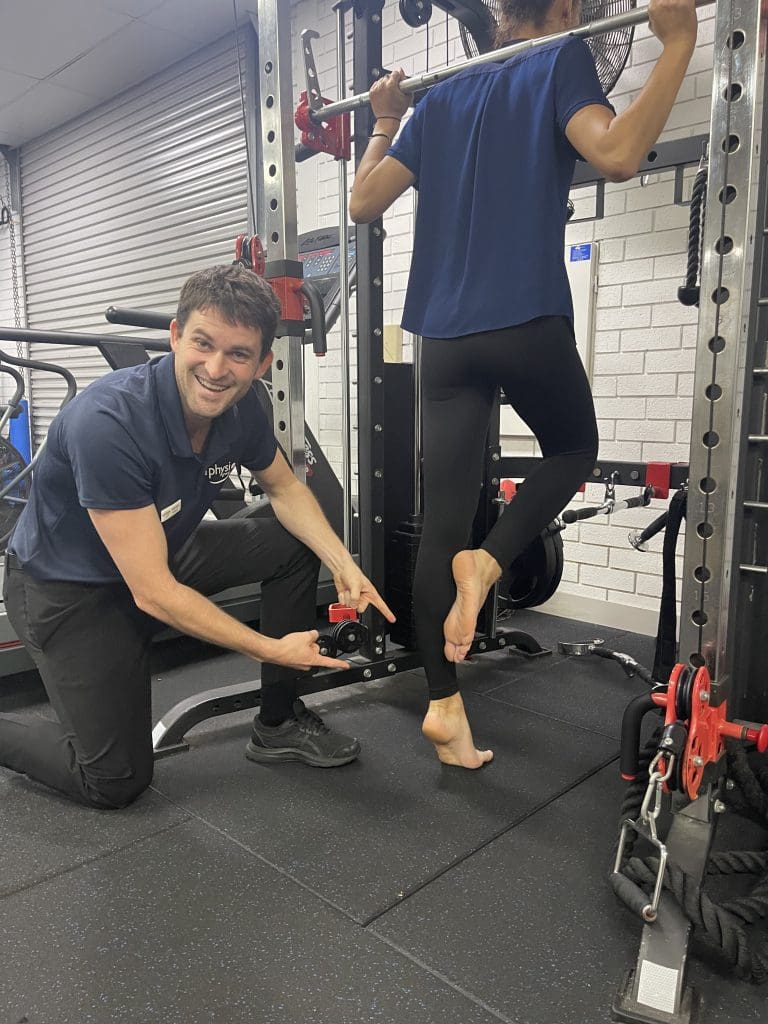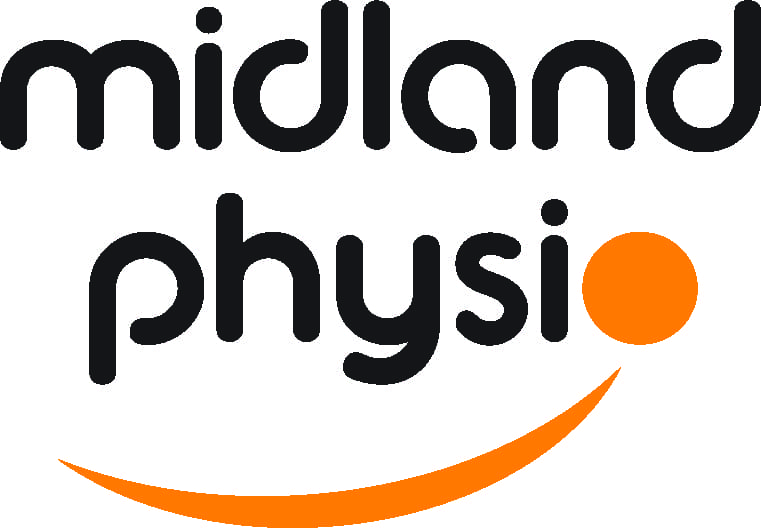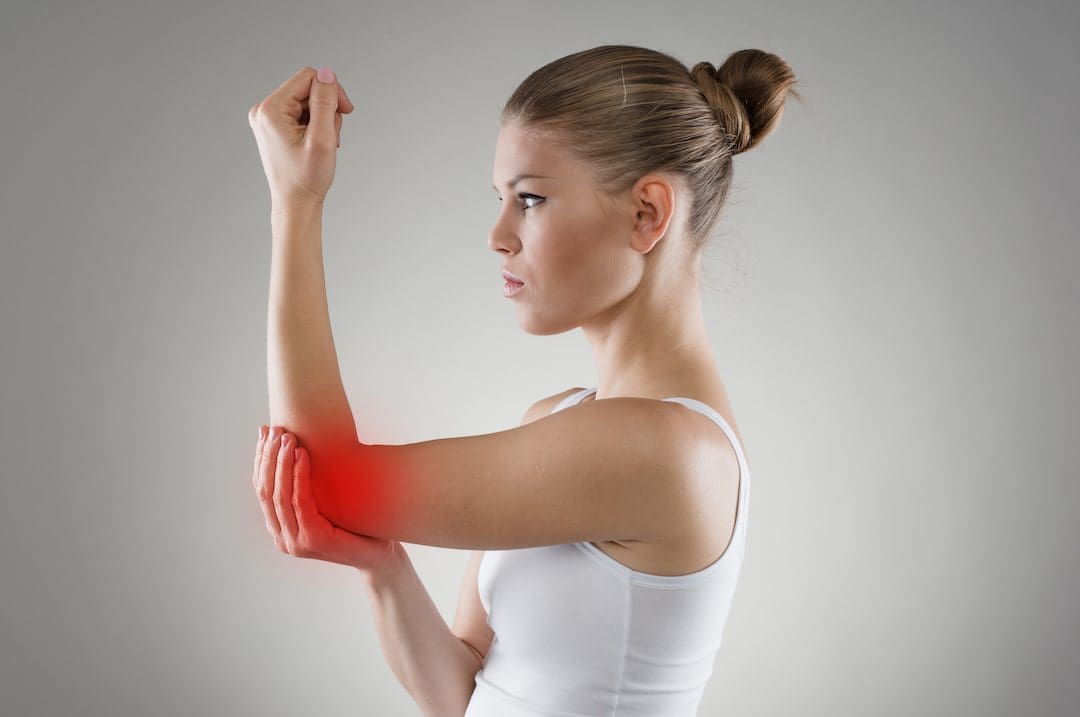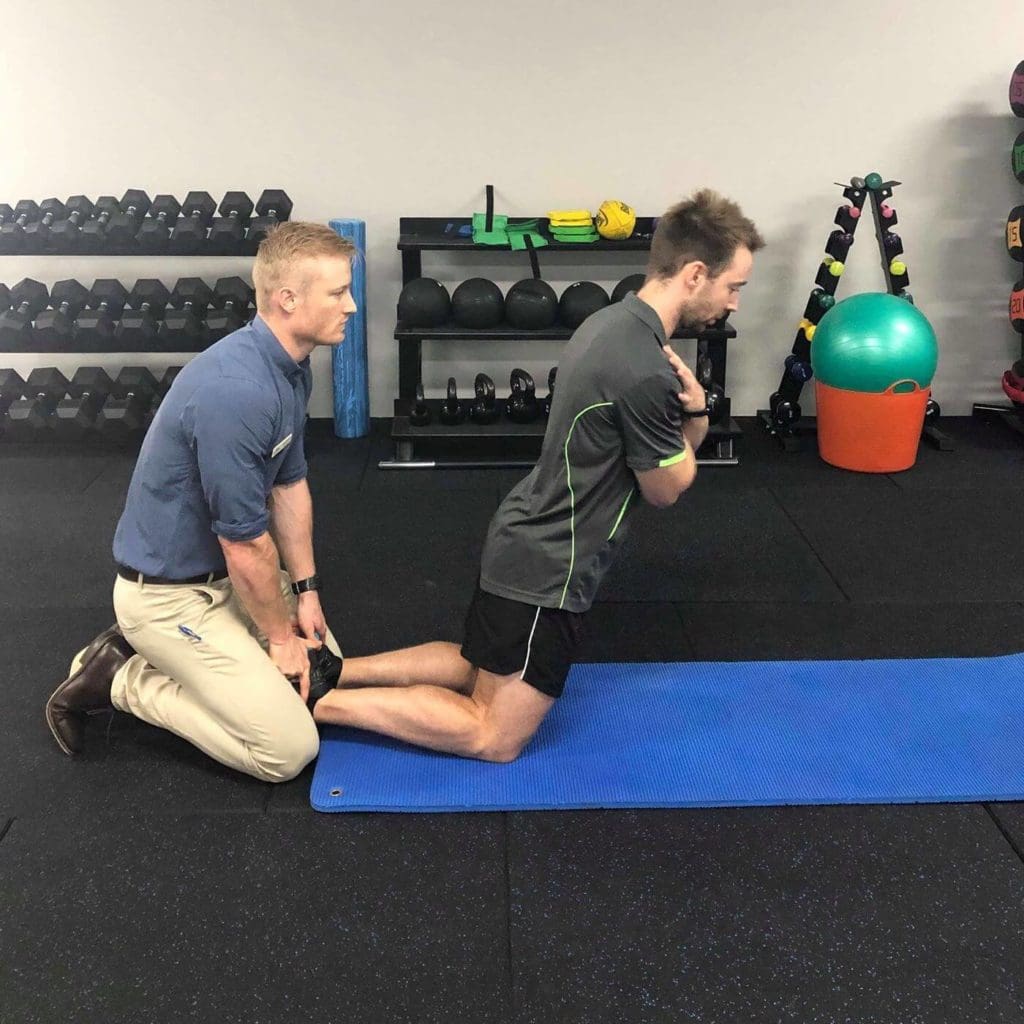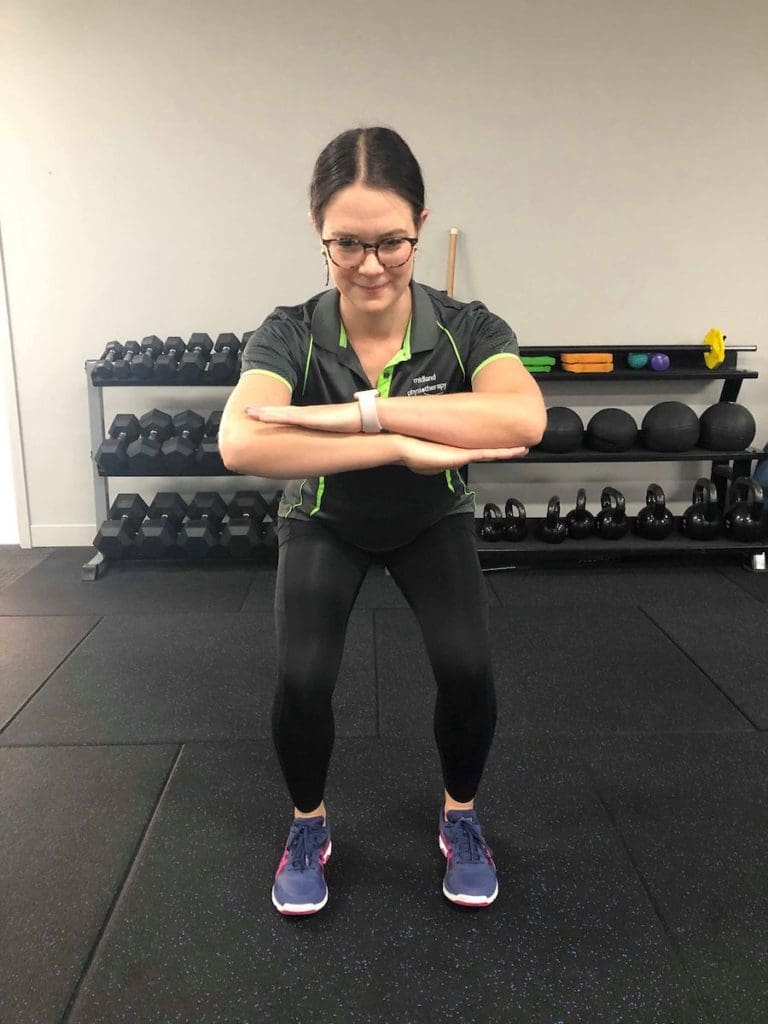Understanding Achilles Tendinopathy
Achilles tendinopathy is a cause of pain and stiffness in the Achilles tendon, which connects the calf muscles to the heel bone. Typically, pain and stiffness will be worse with the first few steps of walking or running in the mornings or after a long period of sitting, and then warm-up with continued walking/running. However, this isn’t the case for everyone, as there are different grades of Achilles tendinopathy depending on various factors and grade of tendinopathy.
This condition often results from overuse without adequate rest – such as large increases in activity/training volume and load – which leads to and irritated and inflamed tendon. It is particularly common in activities that involve running, jumping, or sudden changes in direction which all involve high loads on your Achilles tendon – but can occur to anyone, as there are multiple other factors that influence the health of your tendons.
There are two types of Achilles tendinopathy depending on location, which will require a slightly different treatment approach.
- Mid-portion (in the middle of the tendon ~2-3cm up from the heel bone)
- Insertional (where the tendon attaches to your heel bone)
How Physiotherapy Helps
Physiotherapy is crucial for managing Achilles tendinopathy, focusing on reducing pain, promoting healing, strengthening the tendons and surrounding musculature, and restoring function. Here’s how physiotherapy can assist:
- Activity Modification: It is important to modify your activity levels to reduce strain on the Achilles tendon to help settle it down, and then gradually re-load them at an appropriate rate. Some symptoms are good, but it’s important to find that ‘goldilocks zone’ so that you aren’t overloading or underloading the tendon.
- Strengthening Exercises: A tailored exercise program to strengthen the calf and tendon so it can tolerate higher loads. This process takes time and requires consistent exercises with adequate rest to promote tendon healing and strengthening. Strengthening other muscles in the lower limb may be required to help offload the calf and Achilles tendon depending on your sports/activity goals.
- Pain Management: We use various techniques to manage pain and reduce inflammation/irritation of the tendon such as massage, dry needling, and isometric exercises. These methods help to alleviate discomfort and promote healing. This may also involve guidance regarding footwear or footwear modification to help reduce pain during provocative tasks/activities.
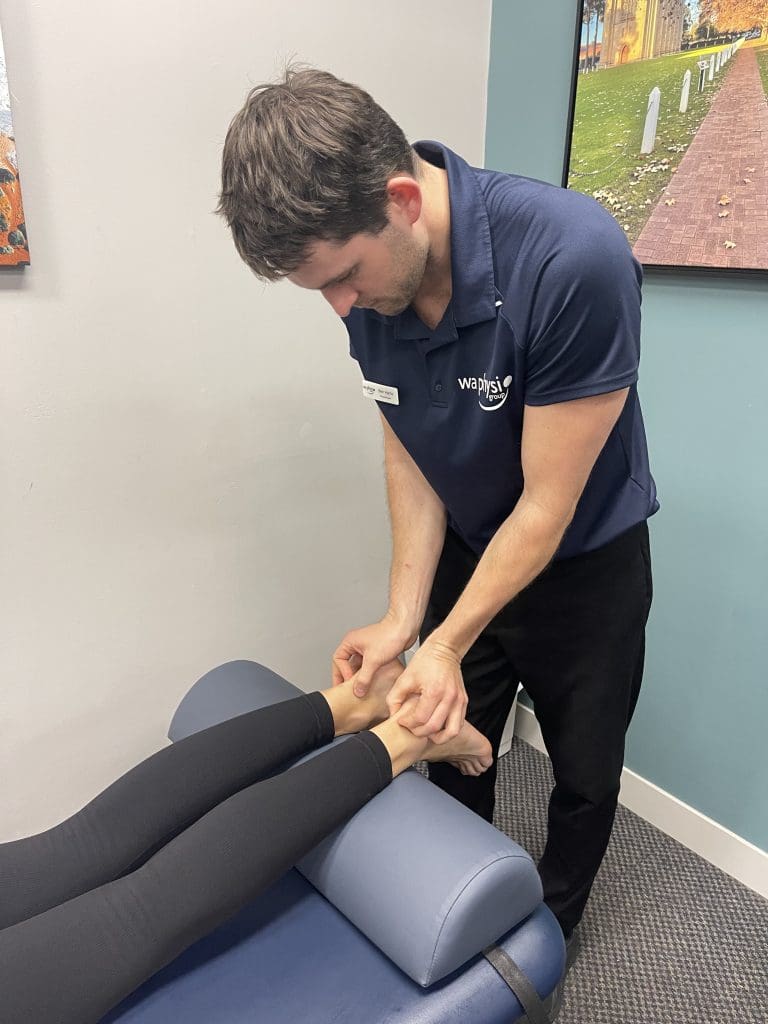
Why Book an Appointment?
Early and consistent physiotherapy can significantly improve and speed your recovery from Achilles tendinopathy. Here’s why you should book an appointment with us:
- Expert Guidance: Our experienced physiotherapists are experts in treating Achilles tendinopathy and will guide you through a comprehensive treatment plan tailored to your specific needs and goals.
- Personalized Care: Everyone is different and will require a specific treatment plan depending on the type of Achilles tendinopathy you have, as well as other factors like sports/activity and goals.
- Enhanced Recovery: Effective physiotherapy can speed your recovery, reduce pain, improve tendon function, and prevent future injuries. With the right treatment, you can return to your activities stronger and pain-free.
Don’t let Achilles tendinopathy hold you back any longer. Book your appointment today with our expert physiotherapists and take the first step towards a pain-free, active lifestyle.
